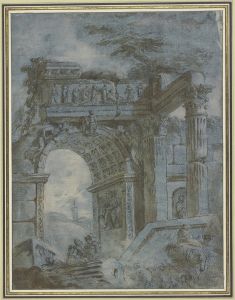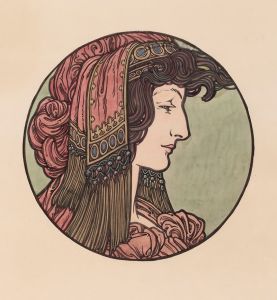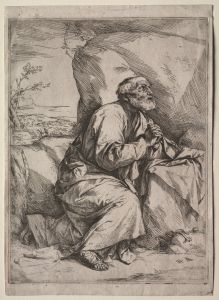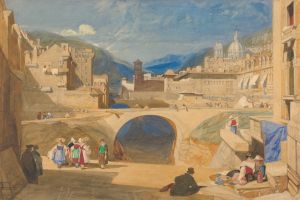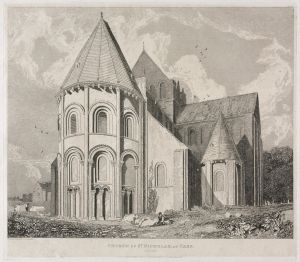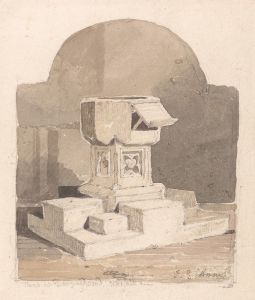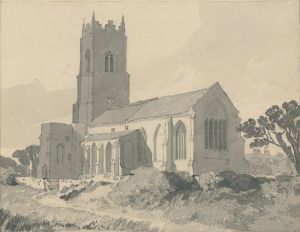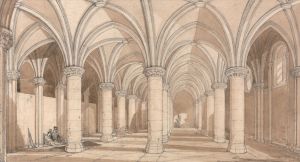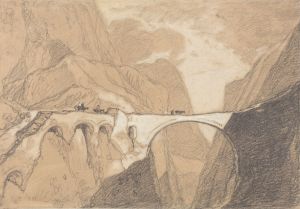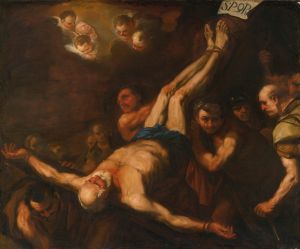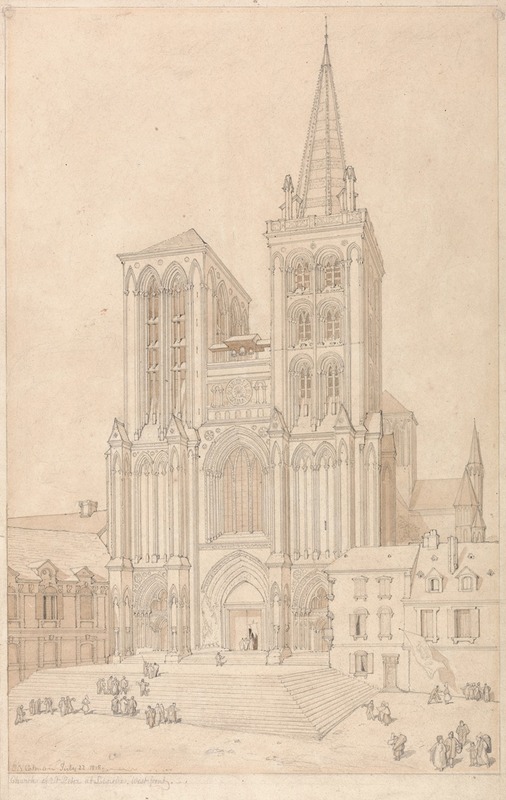
St. Peter at Lisieux, Normandy; West Front
A hand-painted replica of John Sell Cotman’s masterpiece St. Peter at Lisieux, Normandy; West Front, meticulously crafted by professional artists to capture the true essence of the original. Each piece is created with museum-quality canvas and rare mineral pigments, carefully painted by experienced artists with delicate brushstrokes and rich, layered colors to perfectly recreate the texture of the original artwork. Unlike machine-printed reproductions, this hand-painted version brings the painting to life, infused with the artist’s emotions and skill in every stroke. Whether for personal collection or home decoration, it instantly elevates the artistic atmosphere of any space.
John Sell Cotman (1782–1842) was a prominent English painter and printmaker associated with the Norwich School of painters. He is best known for his landscape watercolors and architectural subjects. Cotman's work is characterized by its clarity, precision, and subtle use of color, often capturing the serene beauty of the English and French countryside.
"St. Peter at Lisieux, Normandy; West Front" is one of Cotman's works that reflects his interest in architectural subjects, particularly those found in Normandy, France. Cotman traveled to Normandy several times, beginning in 1817, and was deeply inspired by the region's medieval architecture. These trips resulted in a series of drawings and watercolors that capture the intricate details and grandeur of Norman churches and cathedrals.
The painting "St. Peter at Lisieux, Normandy; West Front" depicts the west front of the Church of St. Peter in Lisieux, a town in the Calvados department of Normandy. The church is a fine example of Gothic architecture, and Cotman's depiction focuses on its architectural elements, such as the pointed arches, detailed stone carvings, and the overall symmetry of the façade. Cotman's attention to detail and his ability to render the texture of stone and the play of light and shadow on the building's surface are evident in this work.
Cotman's Normandy series, including this painting, is significant for its contribution to the study and appreciation of medieval architecture. His works served as a visual record of these historic structures at a time when interest in Gothic architecture was resurging in England. Cotman's precise and delicate style helped to convey the beauty and complexity of these buildings to an English audience, many of whom would not have had the opportunity to travel to France themselves.
The painting is executed in watercolor, a medium in which Cotman excelled. His use of watercolor allowed him to achieve a luminosity and transparency that enhanced the depiction of architectural details. The subtle gradations of color and the careful application of washes demonstrate Cotman's mastery of the medium.
Cotman's work, including "St. Peter at Lisieux, Normandy; West Front," was influential in the development of architectural painting in the 19th century. His ability to combine artistic skill with an almost scientific attention to detail set a standard for future artists interested in architectural subjects. His Normandy paintings were also part of a broader movement in which British artists sought to document and preserve the architectural heritage of Europe.
Today, Cotman's works are held in high regard and can be found in major art collections, including the British Museum and the Tate Gallery. His paintings continue to be studied for their artistic merit and their contribution to the documentation of historical architecture. "St. Peter at Lisieux, Normandy; West Front" remains a testament to Cotman's skill as an artist and his passion for capturing the beauty of the built environment.





